A is for Architecture, B is for Block Printing, C is for Colour
This term we opened up our eyes, big and wide, to look and see the environment surrounding our school.
Buildings! They’re everywhere. We live in a city after all. Architecture is all around us, the design element that makes our town so varied. Houses all have similar features: doors, windows, roofs, walls…But, when we stop and take a closer look, we realise how different buildings have different functions. Shops have display windows; fire stations have towers; offices have many windows and large entrances; hospitals have ambulance access and supermarkets have car parks.
We discussed the differences in our homes: apartments and houses. How were our homes built?
There are so many different materials too. The children all contributed to the conversation about what houses are made of. Glass, wood, tiles, bricks, are but a few of the many ways our buildings are constructed. So, we made our own constructions…collages of our homes!
We studied Paul Klee’s paintings of an ancient North African walled city, inspired by his 1928 travels in Tunis. He was fascinated with Egypt and created numerous, varied works of art, with Egyptian origins. We touched on the history of walled cities and how life flourished, protected by the boundary of the enveloping wall.
Technically, we began our introduction into Printmaking, by creating Print Plates, using styrofoam and brayers (soft rubber rollers).
Drawings and stamps were imprinted on the surface of the foam pieces, before the reverse image was transferred, using ink, onto damp paper. These textures were achieved by using a combination of cookie cutters and other items from around the house, to make imprints and repeat patterns on the plate.
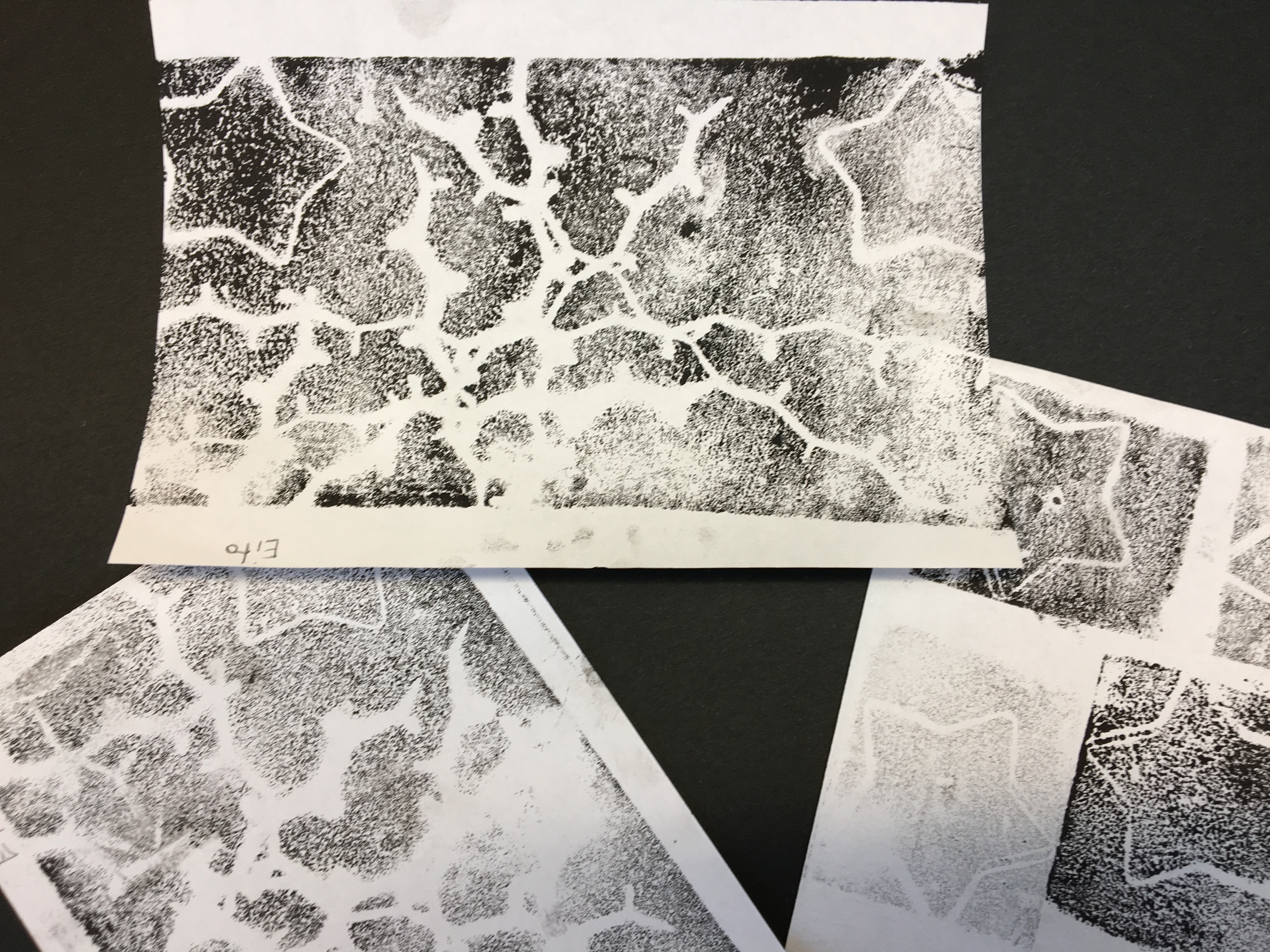 We looked at Hokusai, the greatest printmaker of Japanese Woodblock printing history. We watched a short animation on his “performance art” and tried to understand how he created his great image, “the Wave”.
We looked at Hokusai, the greatest printmaker of Japanese Woodblock printing history. We watched a short animation on his “performance art” and tried to understand how he created his great image, “the Wave”.
The class then progressed to build a printing plate using cut styrofoam shapes as blocks to construct a scene. Here are some great results!
Once we had stuck our shapes onto our cardboard plates, we sponged on our coloured ink, being careful to keep the colours separate, for a clean composition.
- Posted by
 admin
admin - Posted in Children's Work, Creativity, Pelham After School Art Club
 Oct, 26, 2018
Oct, 26, 2018 No Comments.
No Comments.
Archives
- April 2023
- February 2023
- September 2022
- August 2022
- May 2020
- February 2020
- December 2019
- October 2019
- July 2019
- June 2019
- April 2019
- February 2019
- January 2019
- December 2018
- October 2018
- July 2018
- June 2018
- May 2018
- April 2018
- March 2018
- February 2018
- January 2018
- December 2017
- November 2017
- October 2017
- September 2017
- August 2017
- July 2017
- June 2017
- May 2017
- April 2017
- March 2017
- February 2017
- December 2016
- October 2016
- September 2016
- August 2016
- July 2016
- June 2016
- May 2016
- March 2016
- February 2016
- January 2016
- December 2015
- November 2015
- October 2015
- September 2015
- August 2015
- July 2015
- June 2015
- May 2015
- April 2015
- March 2015
- February 2015
- January 2015
- December 2014
- November 2014
- October 2014
- September 2014
- July 2014
- June 2014
- May 2014
- April 2014
- March 2014
- February 2014
- January 2014
- December 2013
- November 2013
- October 2013
- May 2013
- April 2013
- March 2013
- February 2013
- January 2013
- November 2012
- October 2012
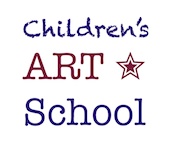
 07808 168 543
07808 168 543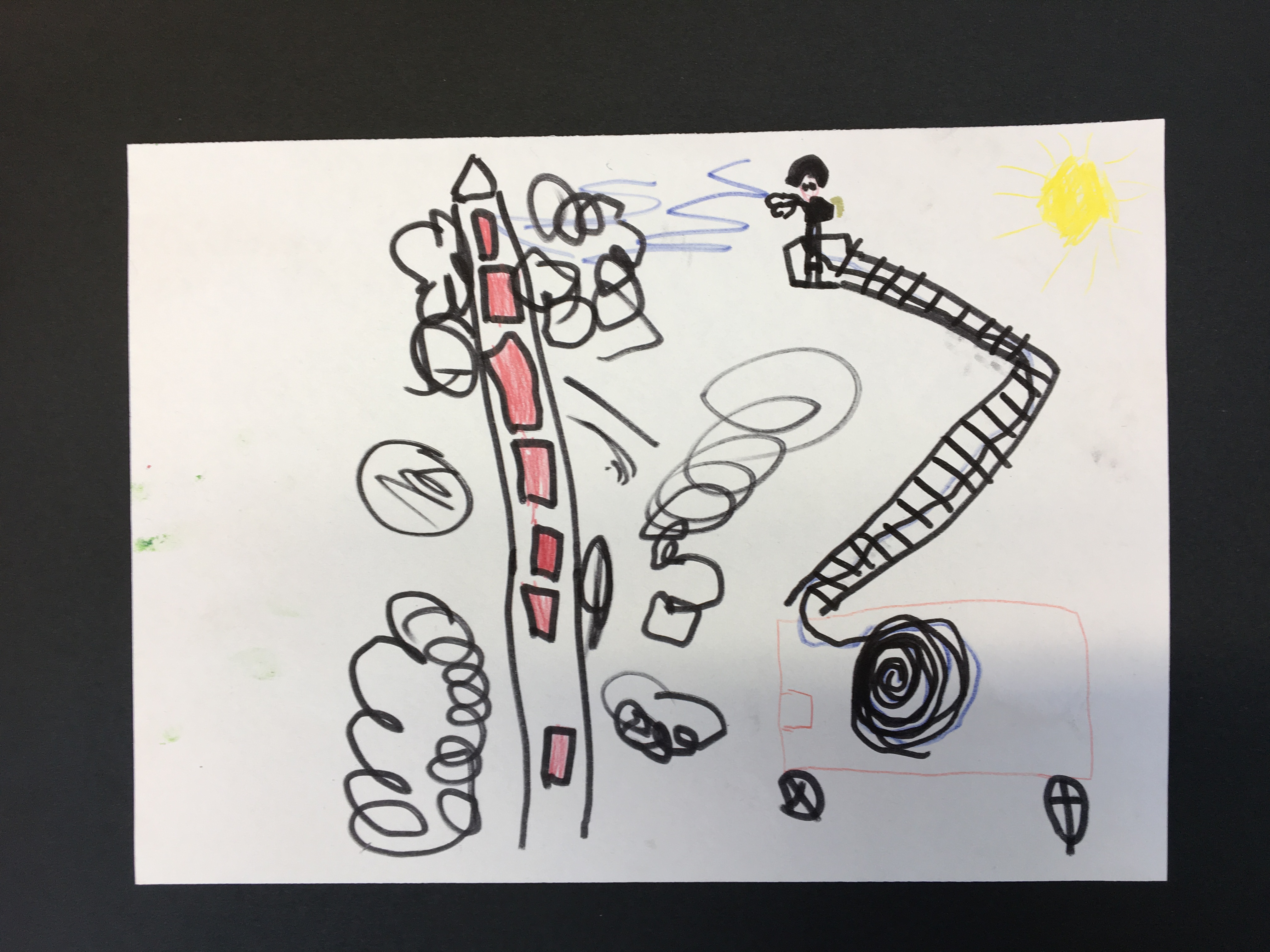
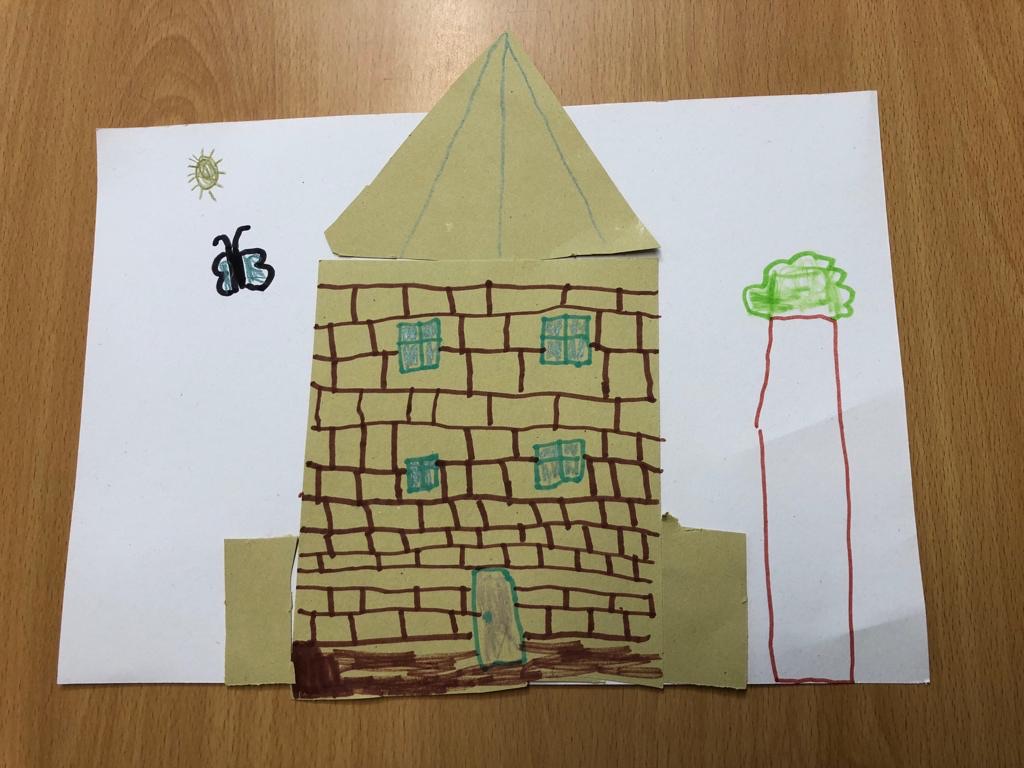
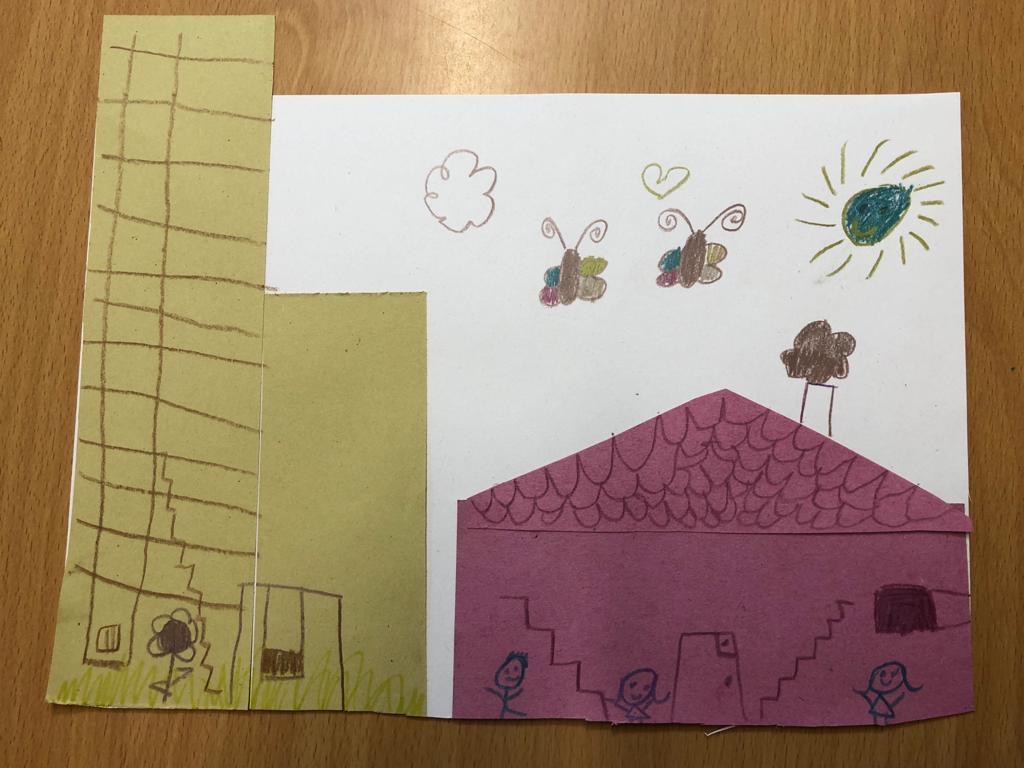
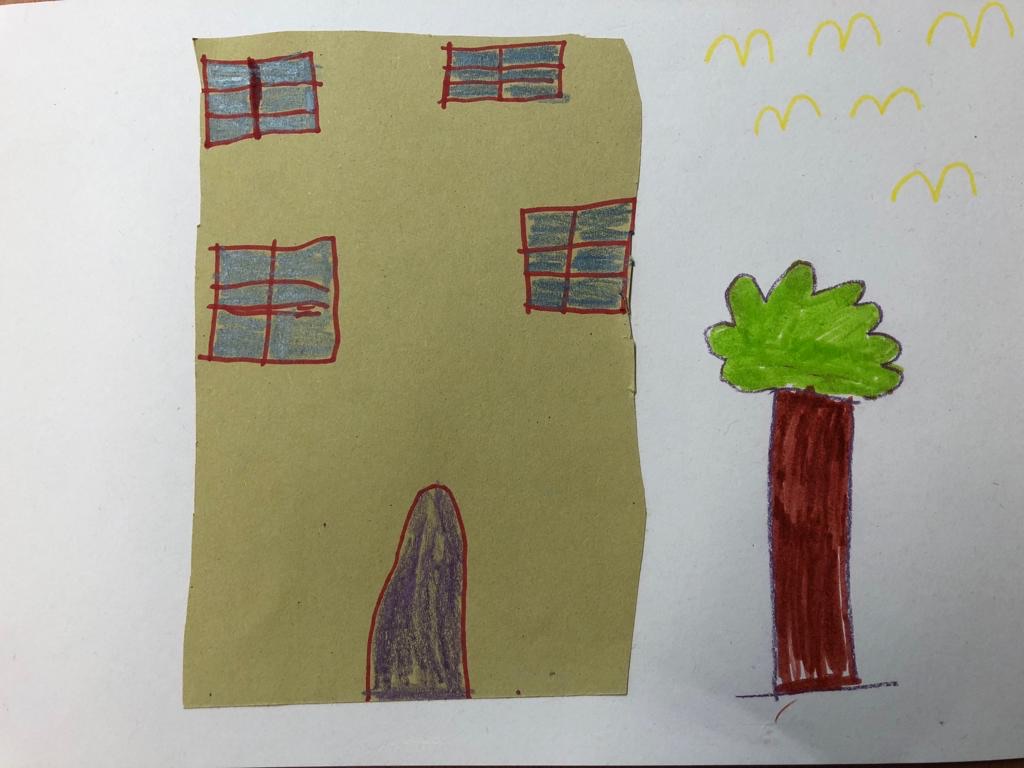
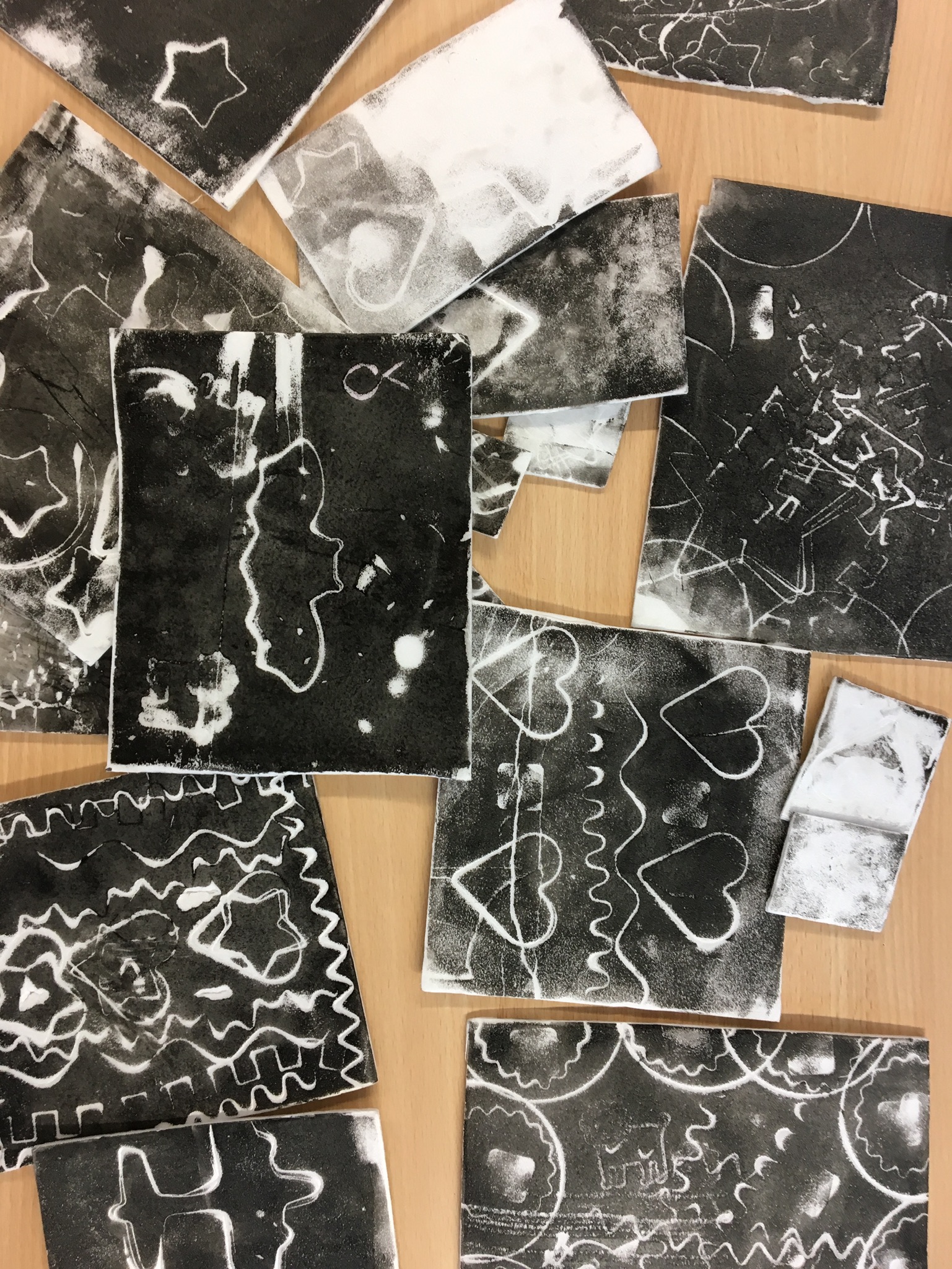
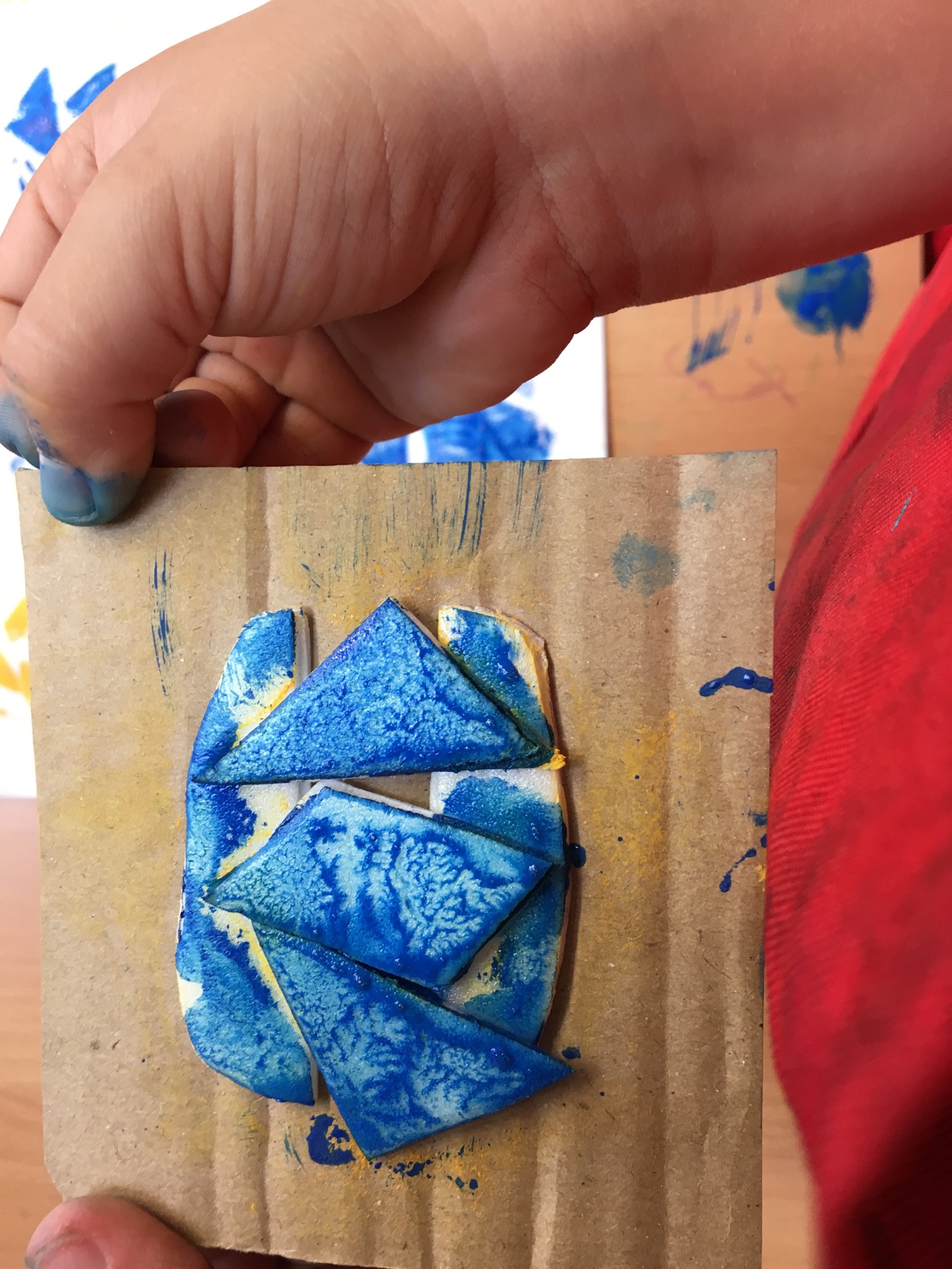
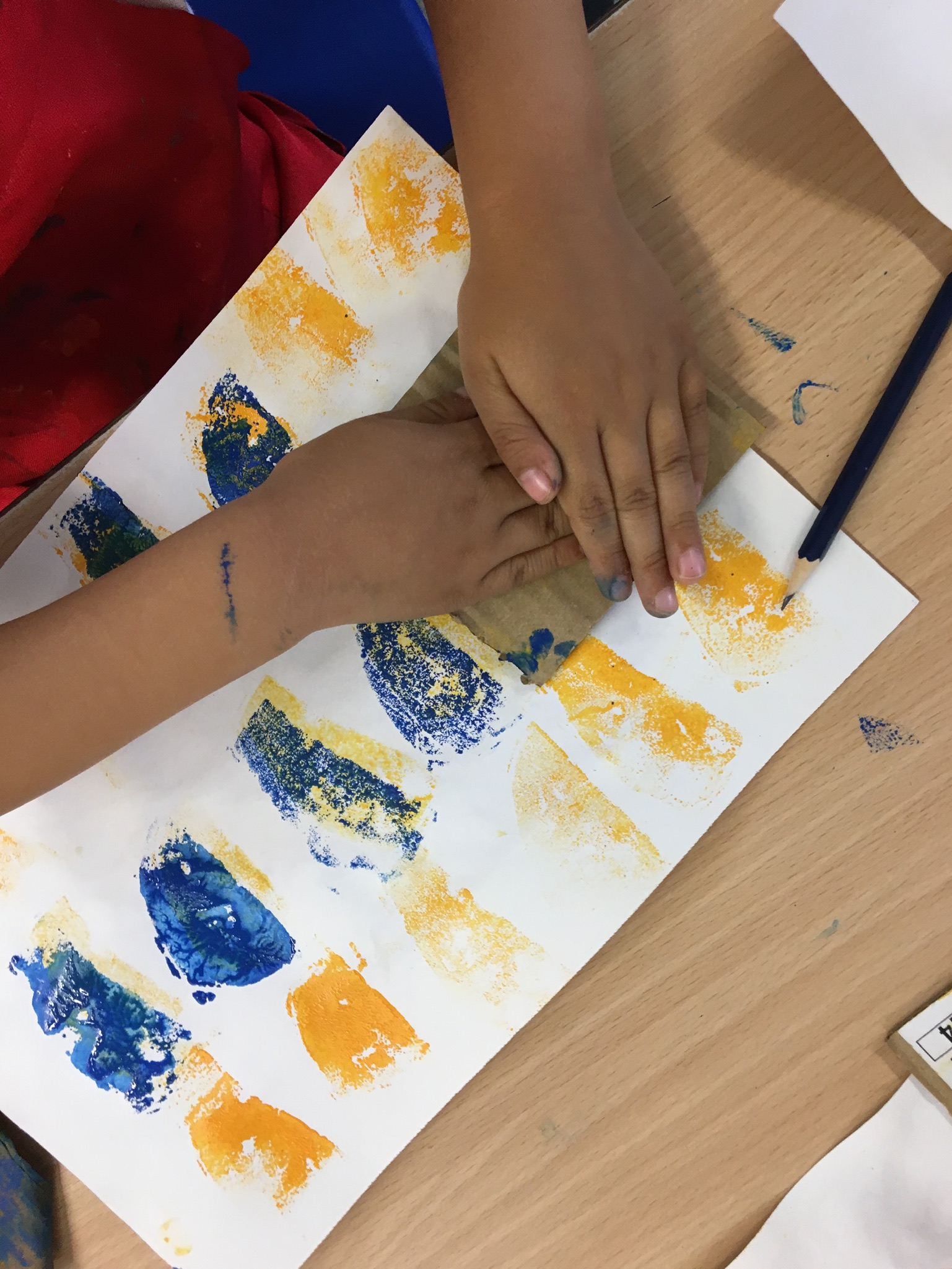
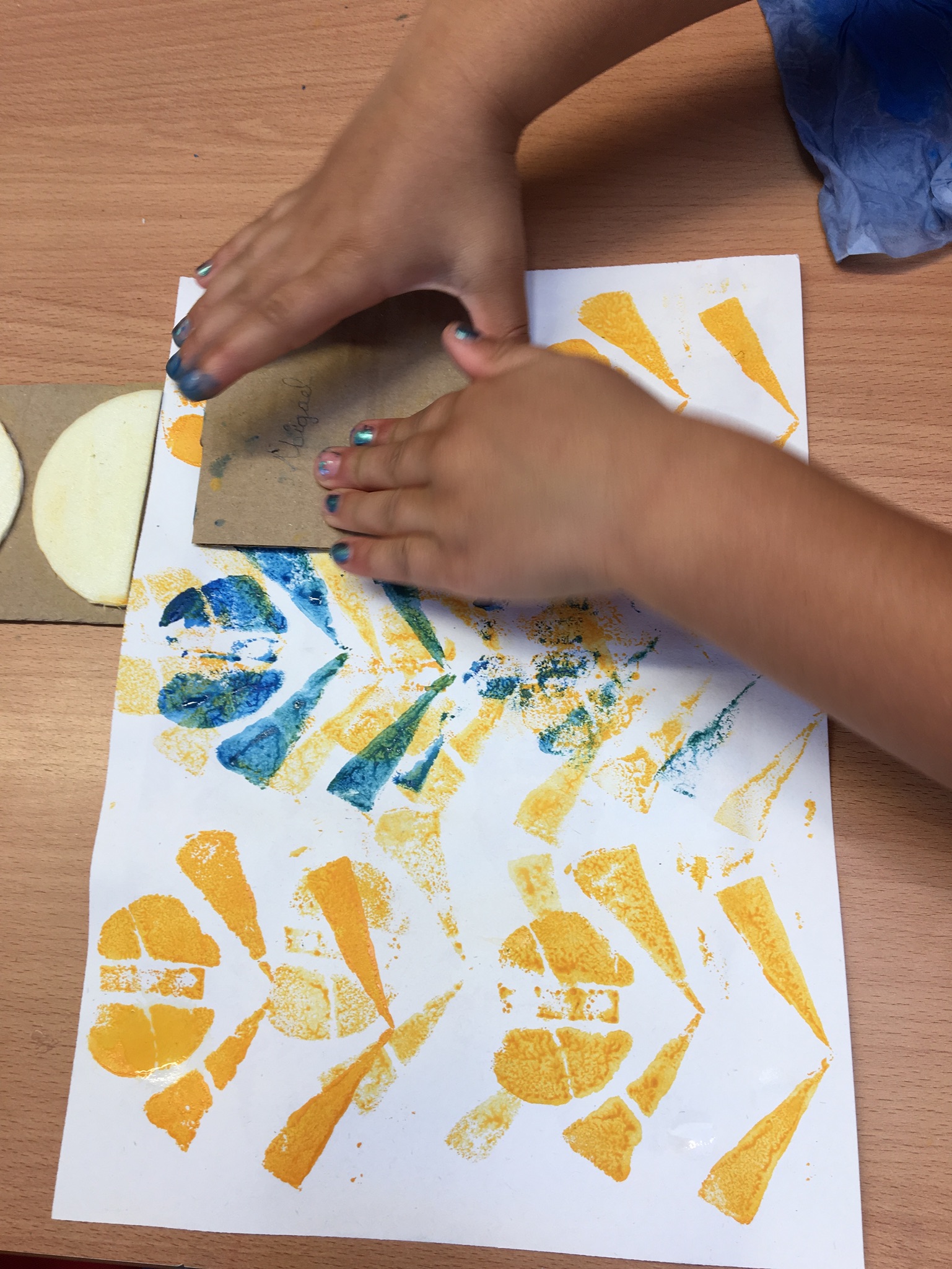
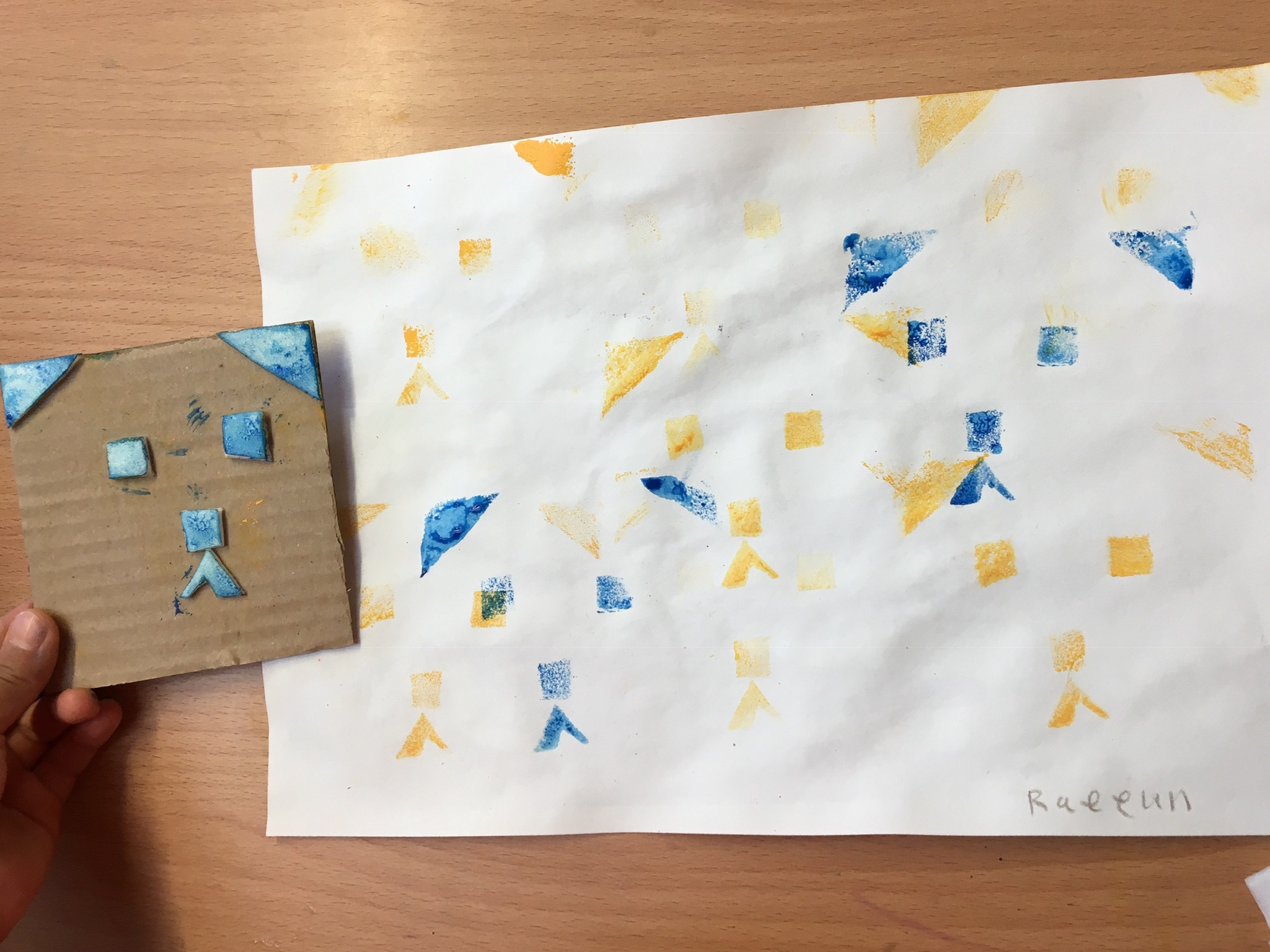
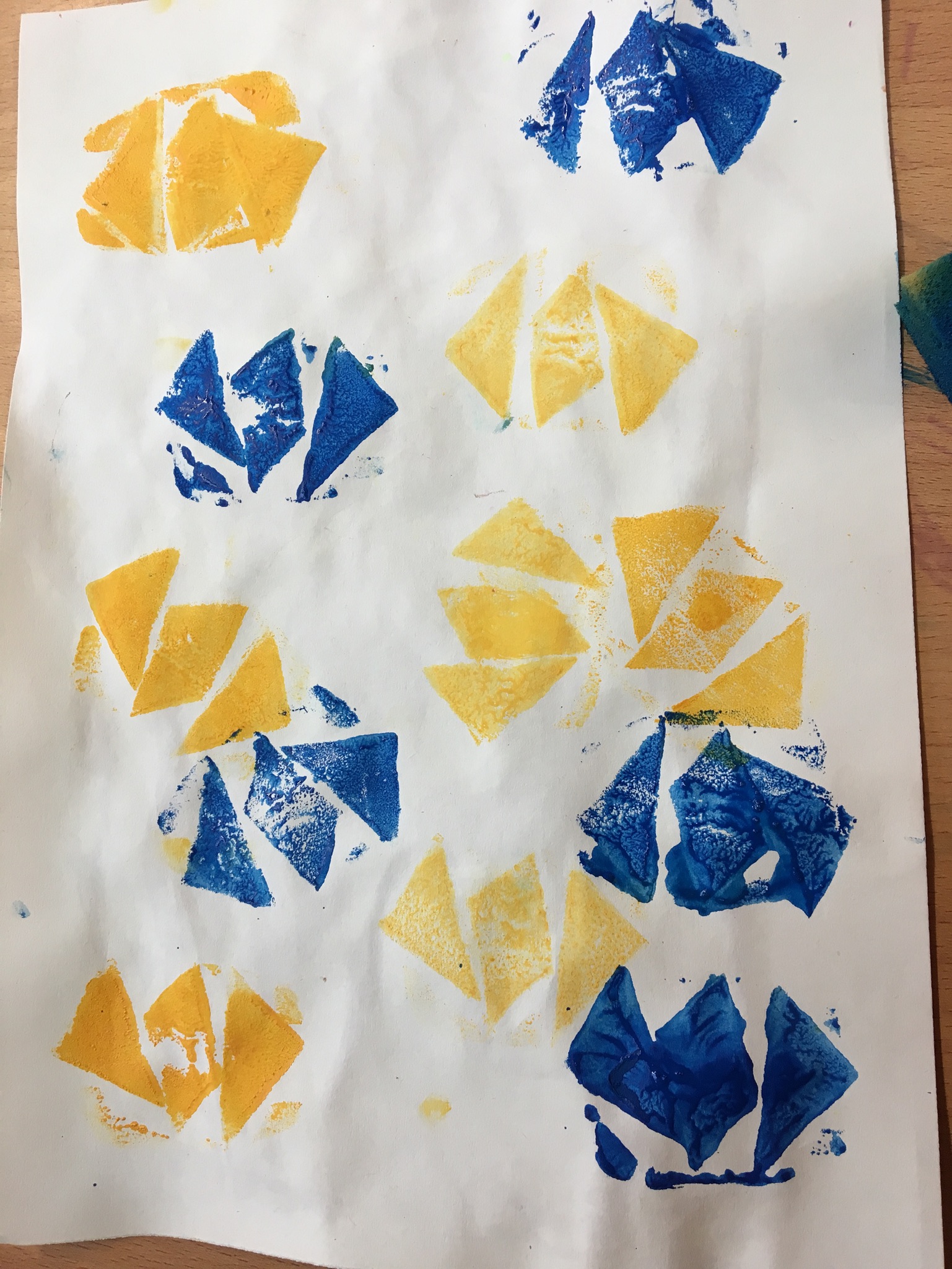
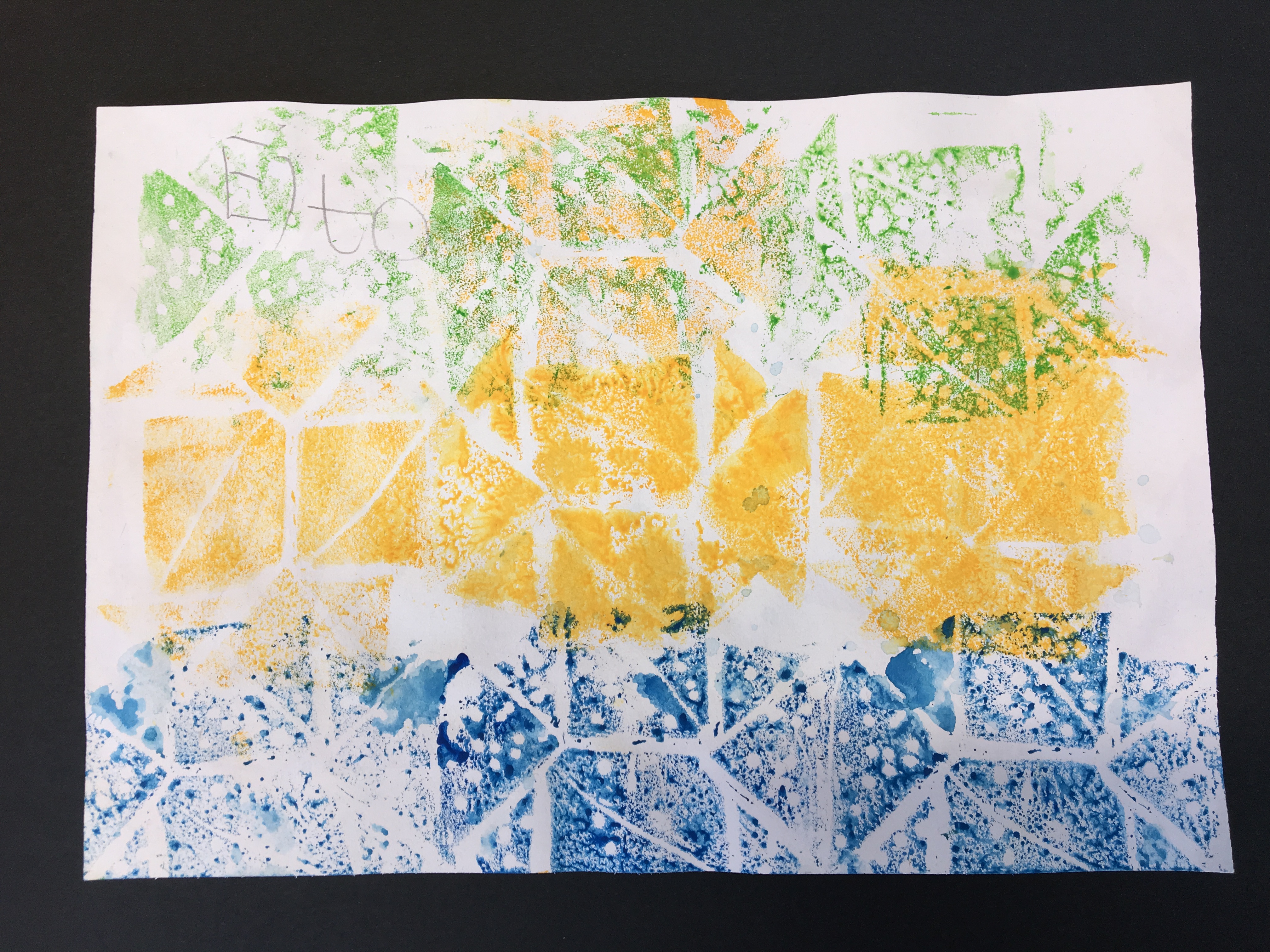
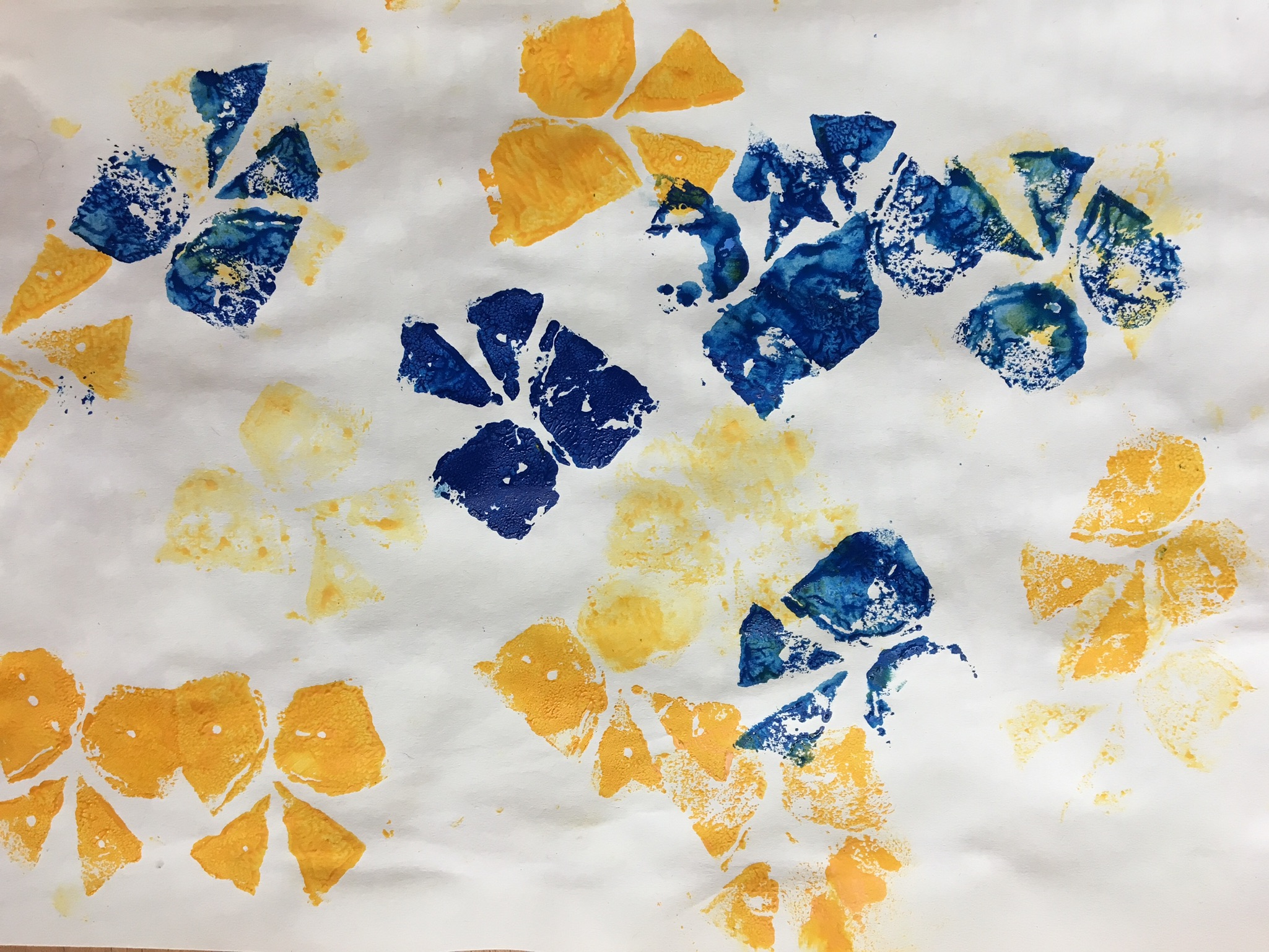
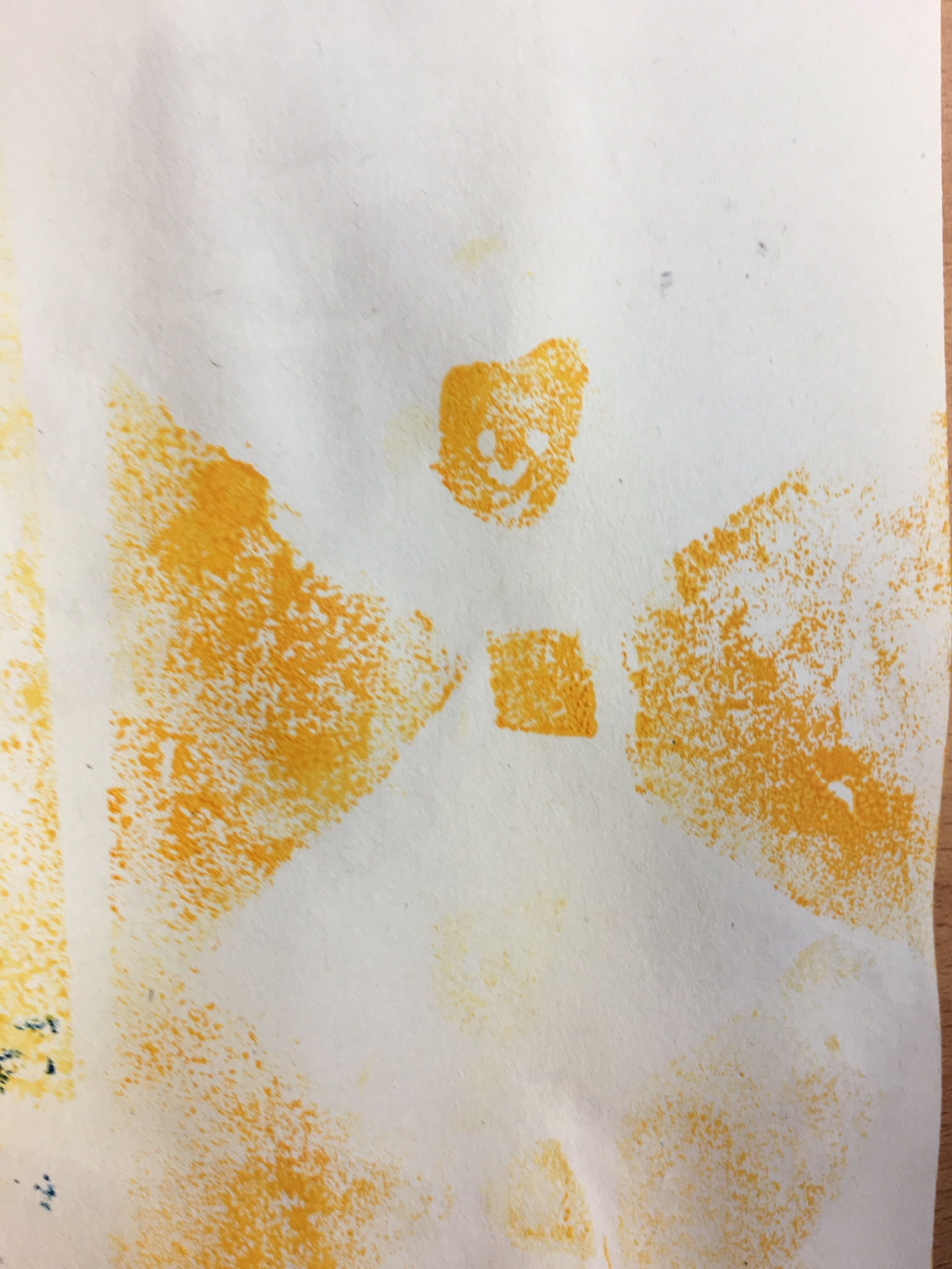
 Join Us On Facebook
Join Us On Facebook Join Us On Twitter
Join Us On Twitter Join Us On In.com
Join Us On In.com Subscribe to Our Blog
Subscribe to Our Blog